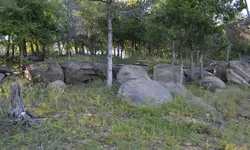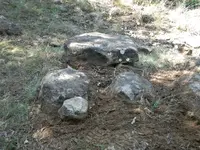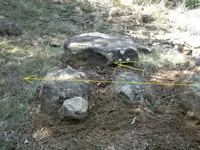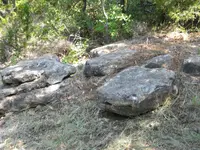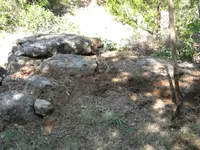Crosse De Sign
Gold Member
- Joined
- Jun 19, 2013
- Messages
- 5,812
- Reaction score
- 5,912
- Golden Thread
- 0
- Location
- ~: Hell And Back :~
- Detector(s) used
- White's MXT ~ TM800 ~
- Primary Interest:
- Other
Just to show one large shaft sign the lake builders
didn't happen to move. This area is on after the
convergence of 3 rivers into 1, but still left high
enough, in the close area by the covered mine,
up out of the washes, to be left exposed when
the lake is above flood stage though 1 of cash
got covered in a recent record historical flood.
Looking through, is in the area of the next
markers, & a couple of the cache areas.
didn't happen to move. This area is on after the
convergence of 3 rivers into 1, but still left high
enough, in the close area by the covered mine,
up out of the washes, to be left exposed when
the lake is above flood stage though 1 of cash
got covered in a recent record historical flood.
Looking through, is in the area of the next
markers, & a couple of the cache areas.
Last edited:



